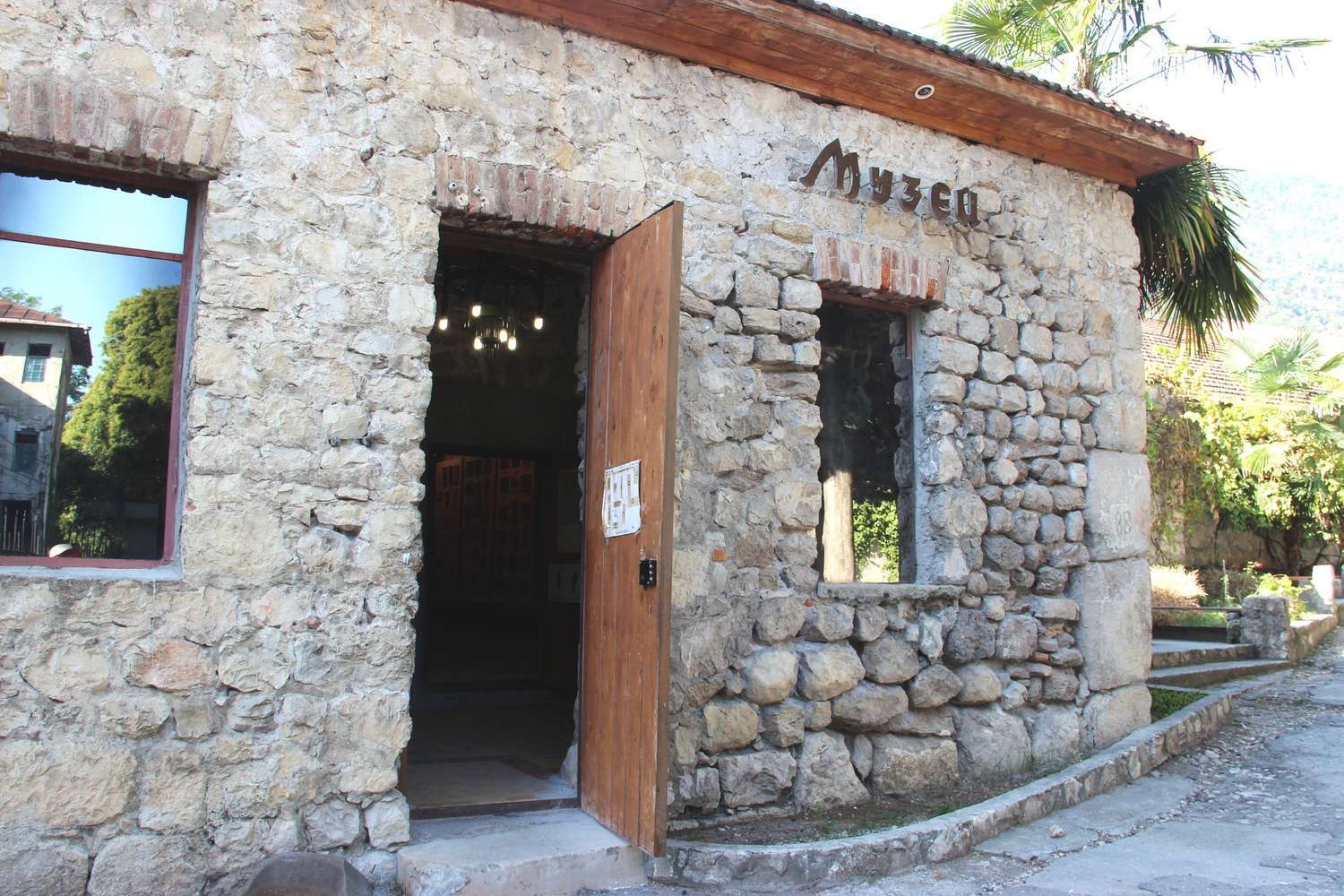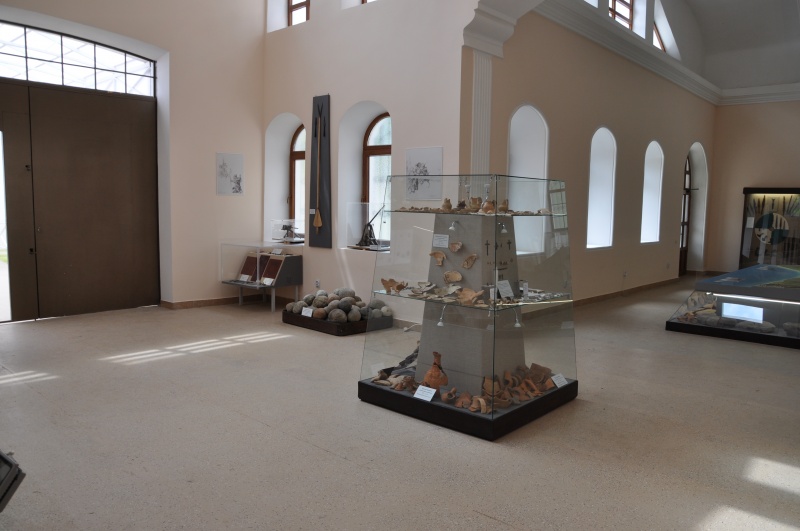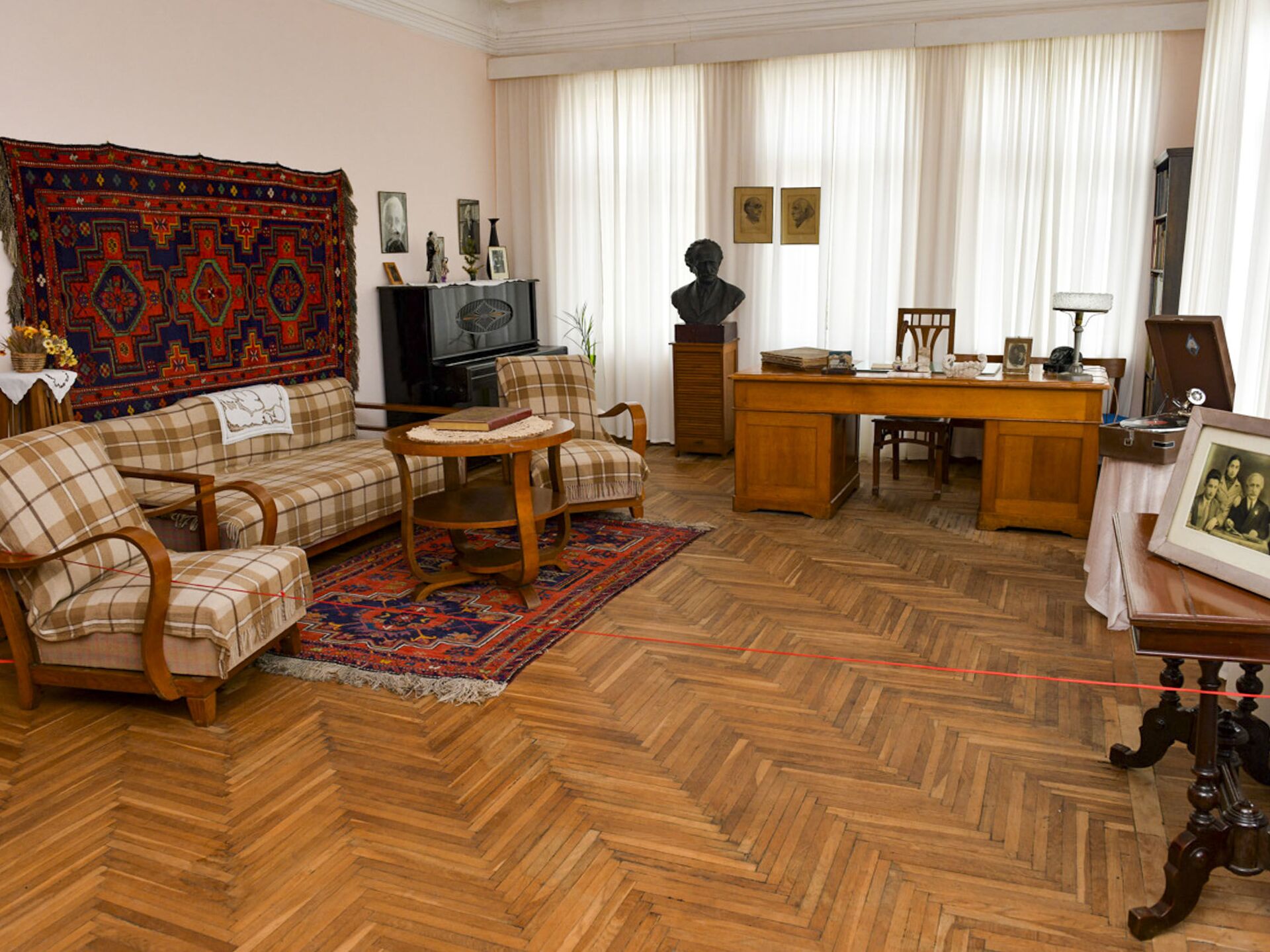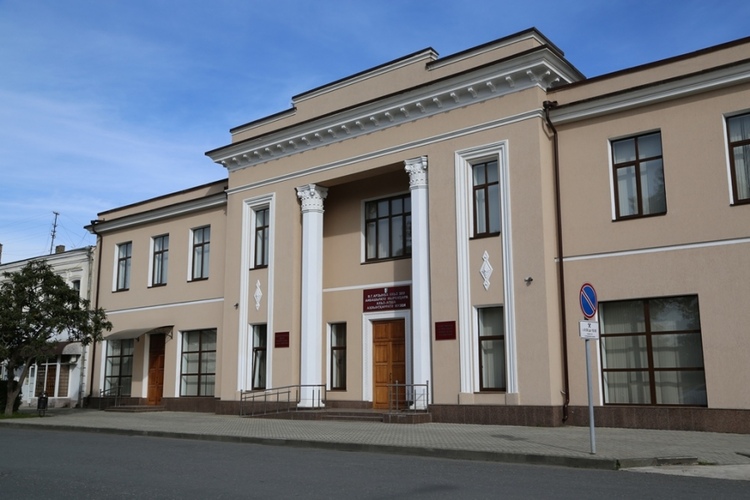Beyond the Sea: Exploring Abkhazia's Rich Museum Scene

Abkhazia is rich not only in natural beauty, sea, and numerous resorts where one can relax and restore health. The country's history and culture are preserved in museums that are also worth visiting. We have compiled a list of some of the must-see museums.
The resorts of Abkhazia have long been known beyond the republic's borders. People mainly come here to enjoy the pristine sea, sunbathe on the beaches, and see the famous Lake Ritsa and the equally renowned New Athos Cave with their own eyes.
Some embark on hiking trips along mountain routes, while others prefer entertainment in the coastal areas. However, Abkhazia also offers places where you can learn about the country's history and ancient way of life.
The Abkhazian State Museum

Tourists who want to get closer to the country's history should first visit the Abkhazian State Museum of Local Lore, located in the center of the capital at 22 Leon Street. It's near the Abkhazian State Philharmonic and the Sukhum Botanical Garden. The museum is open on weekdays from 10:00 AM to 5:00 PM.
Inside, visitors can see monuments of republican and world significance: historical and cultural treasures of the Caucasian peoples, artifacts from Ancient Egypt, Greece, Byzantium, and other states – totaling more than 100,000 exhibits.
The museum presents exhibitions from ancient history, the Middle Ages, and modern times. However, about 95% of the exhibits are kept in the museum's storage facilities rather than on display in the halls.
The oldest exhibits include fossilized skeletons of fish that swam in the world's oceans millions of years ago, a collection of archaeological finds related to the ancient cave bear (which inhabited the Pshu caves eight to nine thousand years ago), and stone dolmens from the end of the third millennium BC.
The museum's pride includes an ancient Greek marble stele and a bust from the antique period, retrieved from the bottom of Sukhum Bay, a cult egret figurine with a horseman and a dog from the late Bronze Age, an Assyrian bronze shield in the shape of a griffin (6th century BC), and a Greek helmet and shield (4th-5th centuries BC).
Next to the building stands a dolmen – an ancient burial structure. It was brought here from the village of Upper Eshera. The dolmen's dimensions are quite significant, with each slab weighing from 8 to 12 tons. The age of the dolmen is at least five thousand years.
+ The Abkhazian State Museum | 1917–2017
Abaata Museum

The only historical museum in Gagra was established in 2019. It is located at the Abaata fortress, near the 6th-8th century St. Hypatius Church, in a building that served as an armoury in the early 19th century and later as a printing house for the city newspaper in the early 20th century.
The museum houses unique exhibits that tell the story of Gagra. Everything displayed in "Abaata" was found in the city or its surroundings. Visitors can see unique household items, archival photographs, and even a real Jurassic dinosaur vertebra.
Apsny Ethnopark

For guests who want to learn more about the traditional way of life of the Abkhazians, a visit to the village of Mgudzyrkhua in the Gudauta district is a must. Right along the main road, you'll find the "Apsny" ethnographic park, which is open daily from 9:00 AM to 7:00 PM. The journey from the Russian border takes just over an hour, covering a distance of 56 kilometers. You can reach it by bus or minibus.
Visitors can see the types of houses Abkhazians used to live in, the furniture and utensils they used, and where they prepared their food. Guided tours are conducted in the akuaskya (a traditional Abkhazian house from the second half of the 19th century), the apatskha (Abkhazian kitchen), the amkhara (temporary dwelling for newlyweds), and throughout the park.
Visitors have the opportunity to watch the production of cold steel weapons in the forge and clay utensils in the pottery workshop. If desired, these products can be purchased with a trademark hawk stamp.
Museum of the Abkhazian Kingdom

New Athos traditionally attracts many tourists who come to visit the cave and the famous New Athos Monastery. But in addition to these attractions, the city also has a cultural center – the Museum of the Abkhazian Kingdom. It was opened on the territory of the National Historical and Cultural Reserve "Anakopia" in 2010. The museum is located near the waterfall at 8 Eshba Street.
The journey from the Russian border takes an hour and a half, covering a distance of 84 kilometers. You can admire the museum's exhibits on weekdays from 9:00 AM to 6:00 PM.
The museum attracts interest not only among tourists but also among local residents interested in the country's history. The first exhibitions consisted of artifacts found during archaeological research in Anakopia. Subsequently, halls of paleontology, ethnography, and archaeology were opened.
In the paleontology showcase, visitors can see the skull of a cave bear. The collection includes items from the Stone and Bronze Ages – flint axes and scrapers, coarse ceramics, and bracelets made of bronze and serpentine stone.
Gulia House Museum

Another significant place for Abkhazian culture is located in Sukhum – the house museum of Dmitry Gulia, the founder of Abkhazian literature. It showcases lifetime editions of Gulia's works, manuscripts of several pieces, his personal belongings, writing utensils, portraits, and busts of the writer.
The rooms are adorned with numerous photographs. These depict not only Dmitry Gulia and his family members but also the many guests of the People's Poet – writers, pioneers, and schoolchildren.
The writer's study is also open to visitors, where personal items, photographs, books, and manuscripts have been preserved.
The Dmitry Gulia House Museum is located at 63 Gulia Street, near the former building of the Council of Ministers of Abkhazia and the General Prosecutor's Office. It is open on weekdays from 10:00 AM to 5:00 PM.
Museum of the Bank of Abkhazia

The "Money Museum," as Sukhum residents call it, is a fascinating place. In a beautiful modern space, coins found in Abkhazia are displayed on stands.
The museum opened in May 2021. Initially, it was planned as a platform to showcase Abkhazian commemorative coins – apsars, but it was later decided to create a full-fledged museum housing all currencies that have ever been in circulation in Abkhazia.
It contains over 500 exhibits, including coins from the medieval period, Byzantine Empire, Arab Caliphate, Ottoman Empire, Russian Empire, as well as banknotes and promissory notes.
The museum is located at 14 Leon Avenue and is open from 11:00 AM to 5:00 PM.
Great Pityus

The "Great Pityus" Local History Museum is the main attraction of the resort town of Pitsunda. Visitors have the opportunity to learn about different epochs of Pitsunda's history – from antiquity to modern times.
"Great Pityus" unites six historical architectural objects from different periods – ancient dolmens, the ancient city of "Great Pityus," an aqueduct from the Roman Empire period, Pitsunda Cathedral, a monastic complex, and fragments of the fortress wall.
The main attraction of the historical and architectural complex is the Church of St. Andrew the First-Called. It is one of the main pilgrimage sites in Abkhazia. Medieval frescoes have been preserved on the stone walls of the church. Their scenes depict the miracles performed by the apostles Simon the Zealot and Andrew the First-Called. The main hall of the church houses an organ – concerts are regularly held here during the summer.
"Great Pityus" is located in the center of the resort at 2 Gitsba Street. It can be reached on foot from various points of the resort. The museum-reserve is open daily from 10:00 AM to 7:00 PM. Pitsunda can be reached by buses and minibusses.
Here's a shortened version of the text, written in a style similar to the previous translations:
State Museum of Military Glory named after Vladislav Ardzinba

The State Museum of Military Glory, named after Vladislav Ardzinba, was established in 2008 in Sukhum. It preserves, studies, and displays artifacts from the 1992-1993 Patriotic War of the People of Abkhazia [Georgian-Abkhazian War] and other historical events related to Abkhazia's heroic past.
The museum, founded by the Ministry of Culture of the Republic of Abkhazia, features 14 thematic halls:
- Medieval and Modern Times Hall
- Great Patriotic War Hall
- Vladislav Ardzinba Hall
- War Chronicles Hall
- Volunteers Hall
- Four halls dedicated to the Patriotic War of the People of Abkhazia
- Weapons Hall
- Victory Hall
- Independence Hall
- Latka Tragedy Memorial Exhibition
- Assembly Hall and Exhibition Hall
These halls showcase a wide range of exhibits, including personal belongings of war participants, weapons, documents, awards, and information about Abkhazia's path to independence. The museum also hosts various events and temporary exhibitions.
Visitors can explore the country's military history, from medieval times to the recognition of Abkhazia's independence. The museum is an essential destination for those interested in Abkhazia's struggle for sovereignty and its cultural heritage.
The museum is open on weekdays from 10:00 AM to 5:00 PM and is located in the center of Sukhum.